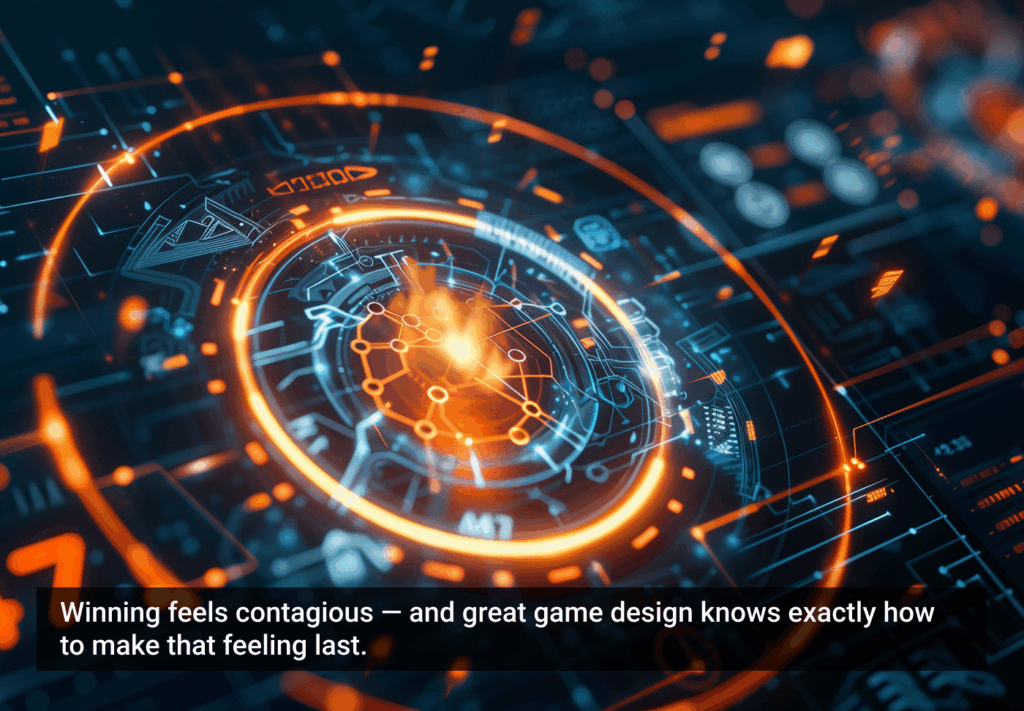Shopping for new eyeglasses can be a frustrating experience. Of the scores of frames lining a purveyor’s wall, none have lenses with your prescription. Squinting at yourself in the mirror won’t give you a real sense of what a pair looks like on your face.
In an effort to improve the experience, LensCrafters and SapientNitro decided to alter the way customers interact with the mirrors in their stores, winning the a Design for Experience award in the Interaction Design Innovation category.
A team of designers, copywriters, project managers, UX practitioners, technology specialists, industrial designers, and store designers spent six months creating a digital mirror installation called myLook that customers can use to capture photos of themselves in new frames and then look at them wearing their current prescription. They can also compare multiple frames from multiple angles and share photos on Facebook for feedback from friends and family.
“The solution SapientNitro created for LensCrafters shows genuine innovation, providing a good solution to a clear problem,” Chris Noessel, a judge in the competition said. “Solid technical design is apparent across the functional and aesthetic elements of the installation, and everything stays on-brand.”
Noessel also liked the integration of social media functions, butt wondered why they’d didn’t also create an app, so people could use the service on their own devices when there’s a line at the kiosk. While an app might not be in the works, myLook is evolving, with version 2.0 set to roll out in hundreds of stores coast to coast over the next couple of years.
Now, What to Watch?
According to Netflix, a finalist in this category, their members spend over 1 billion hours watching each month and the majortiy of that watching is done in front of a TV. With the sprawling amount of video content the service offers, selecting something to watch can become a spiraling descent into indecision. A response to that problem came in the form of Netfilx’s recently updated TV experience was the biggest update in their history, altering the way users interact with their content on Roku boxes, Smart TVs, Blu-ray players, PlayStation consoles, and Xbox 360.
“Netflix’s new interface shifts the experience of browsing titles from the feeling of wandering through a video store looking at DVD cases closer to the sensation of watching a preview, through screen grabs, more detailed synopses, and personalized details delivered in context” said Josh Tyson, another judge in the competition.
Most video discovery experiences simply replicate the walls and aisles of a physical video store
“We’ve long been cognizant of the fact that most video discovery experiences do no more than replicate the walls and aisles of a physical video store,” says Senior User Experience Manager at Netflix, Alvin Lee. “As a model for video discovery, this is an unimaginative, limiting construct. We asked ourselves how we could do better than that for our users: how can we better express the appeal of our movies and TV shows, the power of our personalization, and the value of our service?”
According to Lee, the answer was getting out of the way and letting the richness of their content speak for itself—in effect, letting the content become the user experience.
“This is the essence of our cinematic UI direction,” Lee says. “[It’s] based on the principles that are at the foundation of a good movie or TV show: visually rich presentation; effective storytelling; emotionally connecting and visceral; immersive; and ultimately, entertaining.”
Plenty of products and service providers have stumbled toward the integration of TVs and mobile and desktop computers, but it seems inevitable that they will one day soon become part of a broader online ecosystem, something the team at Netflix is aware of.
“In many ways, we already have expressions of this idea in our current experiences. Seamlessly picking up from where you are in a movie or TV show on any device and the ability to initiate and control playback on TV through a cellphone or tablet are two examples of how we’ve already been thinking of the multi-device experience more holistically. The difference for us is that we don’t stumble along and take blind stabs. We do a lot of qualitative and quantitative testing to inform us as to what the right features and experiences are.”
Interact with This
There were other notable applications in the Design for Experience awards that demonstrated new ways of approaching interaction design:
Cundari developed an app that lets patients at Toronto’s Hospital for Sick Children turn their stay into an interactive adventure with elements of gamification. Continuum sought to change the way customers interact with banks by giving users more control. In a similar realm, Experientia created the BancoSmart ATM, which uses enhanced touchscreen technology to enrich the ATM experience.







